The hair on the face can be scraped off, but attention should be paid to the operation and subsequent care to avoid skin problems. Scratching hair may cause folliculitis or irritation, but proper operation usually does not result in hair becoming thicker or harder. Using a clean razor or specialized shaving tool can reduce the risk of skin damage. Before shaving, it is recommended to soften the hair with warm water and apply lubricating products, gently scraping along the direction of hair growth. Immediately use non-alcoholic soothing products after scraping to help calm the skin and avoid direct sunlight or irritation from cosmetics. Regularly replacing blades can prevent the growth of bacteria, and the frequency of shaving should not be too high for people with dry skin.
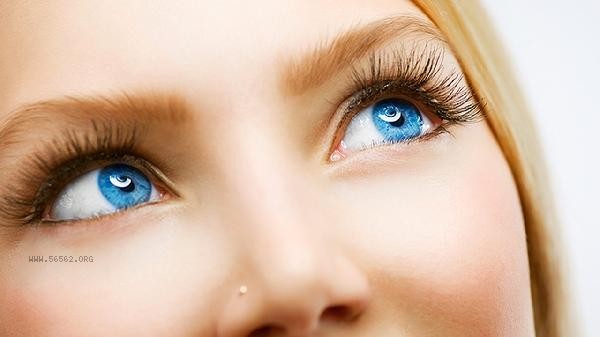
In special circumstances, abnormal follicular keratinization may occur, leading to endogenous hair, manifested as small red rashes or mild pain. Temporary erythema may occur after shaving of sensitive skin, and diabetes patients or people with low immunity should be careful to prevent infection. If symptoms such as persistent redness, swelling, and suppuration occur, seek medical attention promptly and avoid self compression treatment.
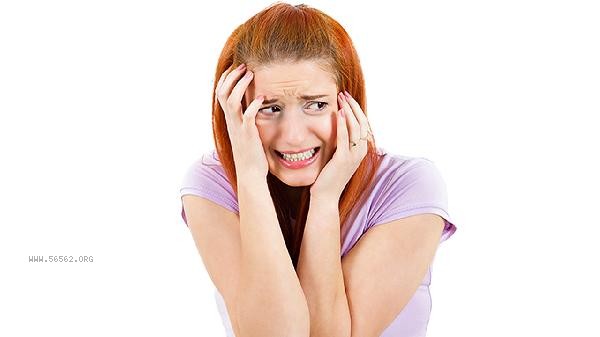
Daily use can be paired with a repair lotion containing allantoin to maintain the skin barrier. For oily skin, it is recommended to choose cotton pads containing salicylic acid to prevent pore blockage. Long term hair removal needs are more suitable for persistent methods such as laser or photon hair removal. Avoid swimming, sauna and other high temperature and high humidity environments within 6 hours after shaving, and leave at least 2 hours for makeup. Observe skin reactions, discontinue use promptly if any abnormalities occur, and consult a dermatologist.


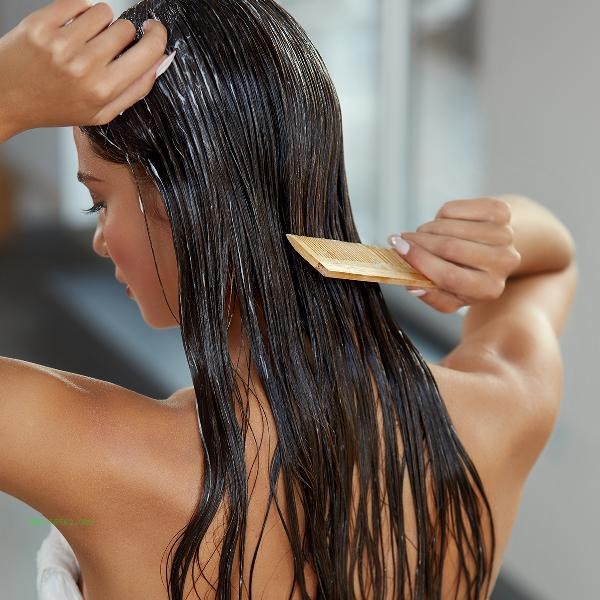
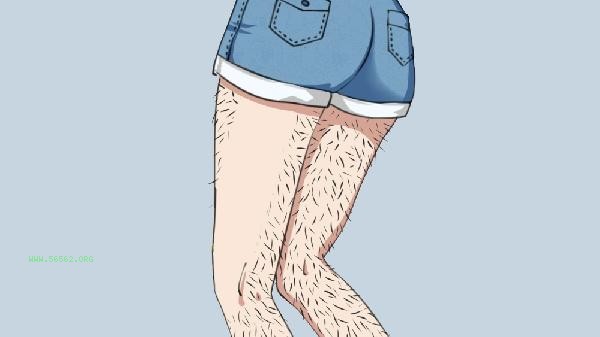

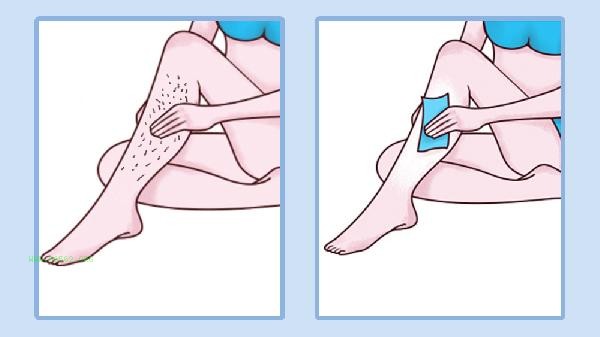
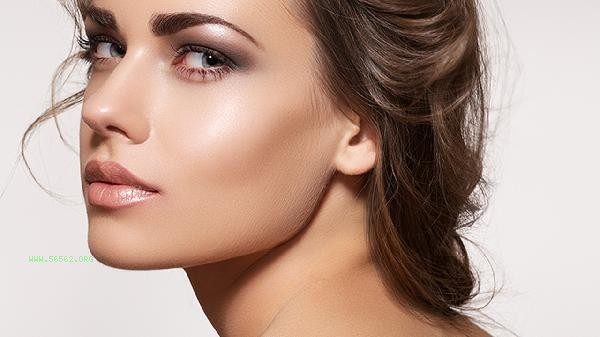


Comments (0)
Leave a Comment
No comments yet
Be the first to share your thoughts!